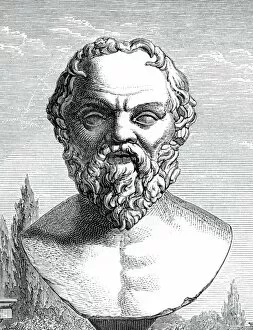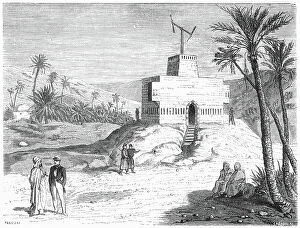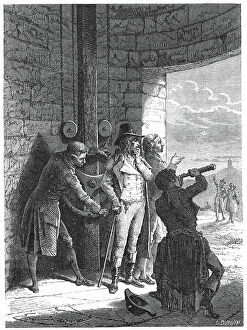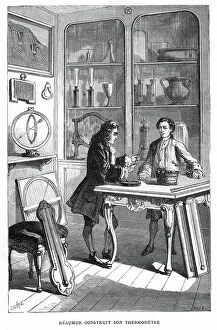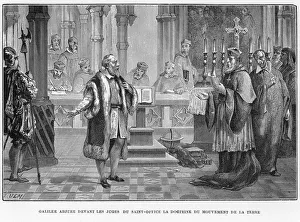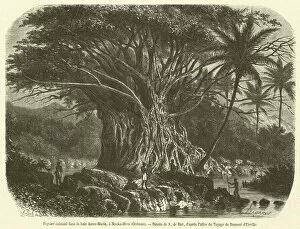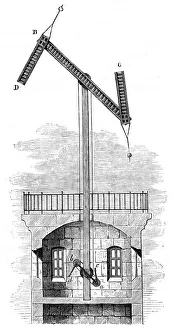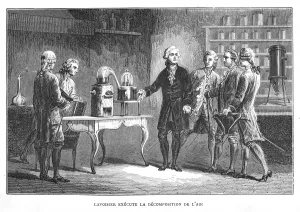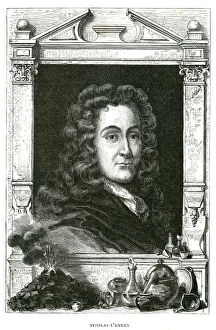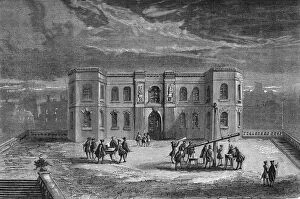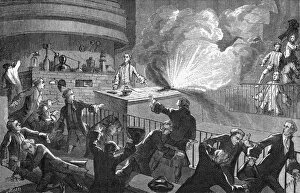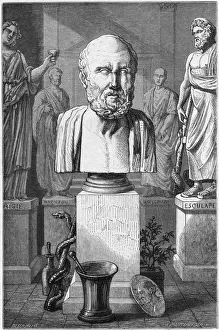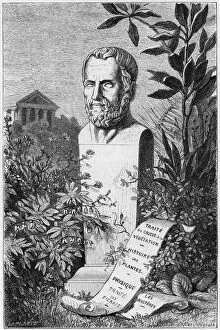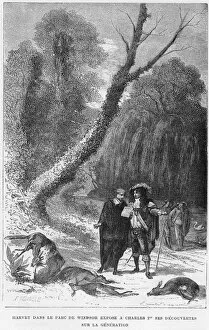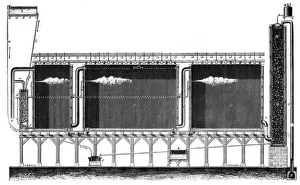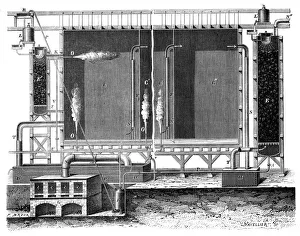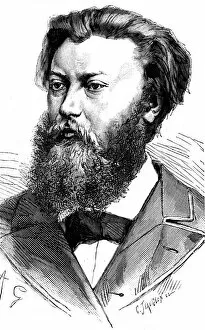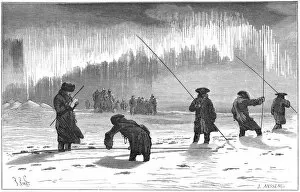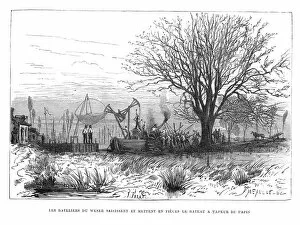Figuier Collection
"Figuier: A Journey Through Time and Knowledge" Step into the world of Figuier, where history, science, and art intertwine to create a captivating narrative
All Professionally Made to Order for Quick Shipping
"Figuier: A Journey Through Time and Knowledge" Step into the world of Figuier, where history, science, and art intertwine to create a captivating narrative. From Socrates' profound wisdom to Galileo's battle against the Inquisition, this iconic tree has witnessed it all. In ancient Greece, Socrates pondered life's deepest questions under the shade of a figuier. His caricatured image reminds us of his enduring legacy as an influential philosopher who shaped Western thought. Traveling across continents, we find ourselves in Nouka-Hiva's Anna-Maria Bay, where a colossal figuier stands proudly. The intricate engraving captures its magnificence and highlights its significance in Oceania's cultural tapestry. Johann Jakob Haid meticulously etches the beauty of the fig fruit in plate 73 from his botanical book. This delicate portrayal showcases nature's wonders with scientific precision and artistic flair. As we delve deeper into Figuier's story, we encounter "A Curious Herbal, " featuring Plate 125 depicting The Fig Tree. Its detailed illustration offers insights into medicinal properties attributed to this remarkable plant throughout history. Nature surprises us yet again with the prickly pear cactus and its symbiotic relationship with the Cochineal Beetle showcased through vibrant chromolithography. This collaboration reveals nature's ingenuity at work. Hipparchus takes center stage alongside Figuier as their names entwine on an ancient artifact. This celestial connection hints at humanity's fascination with both astronomy and botany since time immemorial. The Neolithic Feast depicted by Figuier transports us back thousands of years when our ancestors celebrated abundance around a communal fire beneath towering figuiers—a testament to their importance in early human civilization. Louis Figuier himself emerges from Les Merveilles de la Science—an embodiment of curiosity-driven exploration that characterized his era. As a French scientist and writer, he contributed to the dissemination of knowledge and inspired generations.


